What is haute couture? A simple guide: rules, art, history
Haute couture is a French name for very special, top-quality fashion. It means unique clothes made by famous designers just for one person. These are high-end apparel pieces, representing the highest level of fashion design and making. It’s much more than just very expensive clothes; it’s a whole different category of exclusive custom fashion and high dressmaking.
While haute couture clothes are indeed very expensive, their price comes from the amazing handwork, the special materials used, and the fact that each piece is one-of-a-kind or made in very small numbers. It’s not just about a famous brand name.
In this guide, we will explore the official rules for haute couture, its origins, what makes these clothes so special, why haute couture is important for the entire fashion industry, and how it differs from other clothes you can buy.
1. The official rules: who decides what is haute couture?
There is an official group in Paris, France, that controls the “haute couture” title. It’s called the Chambre Syndicale de la Haute Couture. This long French name means something like the “special group for high fashion.”
This group is part of a bigger organization called the Fédération de la Haute Couture et de la Mode. The title ‘haute couture’ is a legally protected designation in France. The Chambre Syndicale is mandated to regulate and uphold haute couture standards.
This group, the Chambre Syndicale, decides which fashion houses can officially use the “haute couture” label for their collections. Fashion houses must follow a set of very strict rules to get and keep this special title. These rules help make sure that haute couture always means the highest quality and stays very exclusive. Knowing what are the criteria for haute couture designation helps understand its unique status.
Here are the main rules a fashion house must follow, in simple terms:
- Design custom-made clothes for private clients, with one or more fittings. This means making clothes (bespoke garments) for individual people (made-to-order), not for selling in regular stores. “Fittings” mean the client tries on the clothes several times while they are being made, so they fit perfectly. This bespoke approach is a core part of custom design, where the primary output of a couture fashion house is individually crafted garments.
- Have a workshop (atelier) in Paris that employs at least 15 full-time staff. An atelier (the French word for a workshop) is where clothes are made by hand, and it must be “in Paris.” This involves specific atelier employment and skill requirements, as a couture atelier employs highly skilled artisans.
- Have at least 20 full-time technical workers in one of their workshops. “Technical workers” are the skilled people who do the actual making, like sewers, pattern cutters, and other craftspeople.
- Present a collection of at least 50 original designs to the public twice a year (January and July), including both day and evening wear. A “collection” is a new set of at least 50 different clothing designs. “Day and evening wear” means outfits for daytime activities and for formal evening events. These collections are shown at special fashion weeks, often called Paris Couture Week, as part of mandatory public showings (twice yearly in Paris).
Because these rules are so demanding, only a very small number of fashion brands in the world can officially be called “haute couture.” This rarity and exclusivity are key parts of what makes haute couture so special.
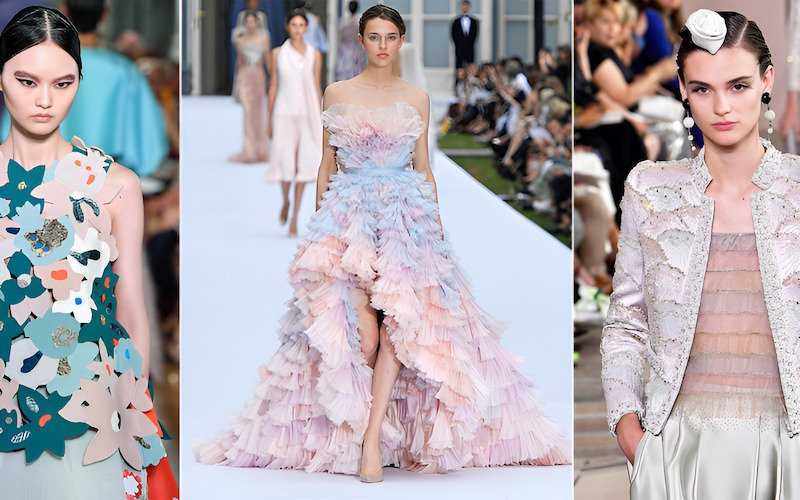
2. A little bit of history: where did haute couture begin?
The person widely known as “the father of haute couture” or the person who started it all is Charles Frederick Worth. He was an Englishman, but he did his most important work in Paris. Haute couture started around the 1850s, or the mid-1800s.
Charles Frederick Worth changed fashion in a few important ways:
- Designing clothes and showing them on live models: Before Worth, dressmakers usually just made what customers asked for. Worth created his own original designs. He was also one of the first to use live people (models) to show his new clothes to clients in his salon (shop or showroom).
- Putting his name label into clothes: He was the first designer to sew a label with his name into the garments he made. This was like an artist signing a painting. It showed the clothes were his original creation and helped build his brand. This was an early step in the evolution of fashion design and its branding. At Packlove, we understand the power of a label to tell your brand’s story.
After Charles Frederick Worth, other fashion designers in Paris saw his success and started to follow his new methods. This helped Paris become known as the world’s fashion capital. Later on, in the late 1800s, the Chambre Syndicale de la Haute Couture was formed. The specific rules for “haute couture” were set in the 1900s to organize this new part of the fashion industry, protect its designers, and set official standards.
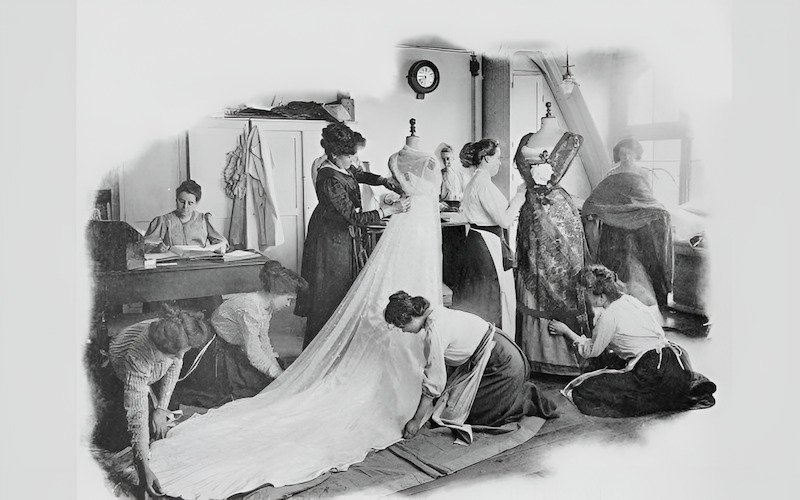
3. What makes haute couture so special? the key features
Haute couture is special for many reasons, from how it’s made to the materials used.
3.1 Custom-made for you (bespoke)
Every haute couture outfit is created for one specific client. This is what bespoke garment creation means. The client’s detailed measurements are taken, and a unique paper pattern is drawn just for them. “Multiple fittings” are key.
The client tries on the garment several times as it’s being made. Adjustments are made until the fit is perfect and looks exactly right on their body. This custom-fitted service is very different from buying clothes in a store; it’s a highly personal experience for made-to-measure high fashion and custom design.
3.2 Amazing materials
Haute couture garments use the absolute best, most luxurious, and often rarest fabrics in the world. Think of special silks, handmade lace, unique woven materials, or fabrics with detailed embroideries. Sometimes, fabrics are designed and made just for one dress or collection, highlighting exceptional material quality.
Decorations like beads, sequins, crystals, and feathers are applied by hand with great care. This focus on premium materials in design and fashion is crucial.
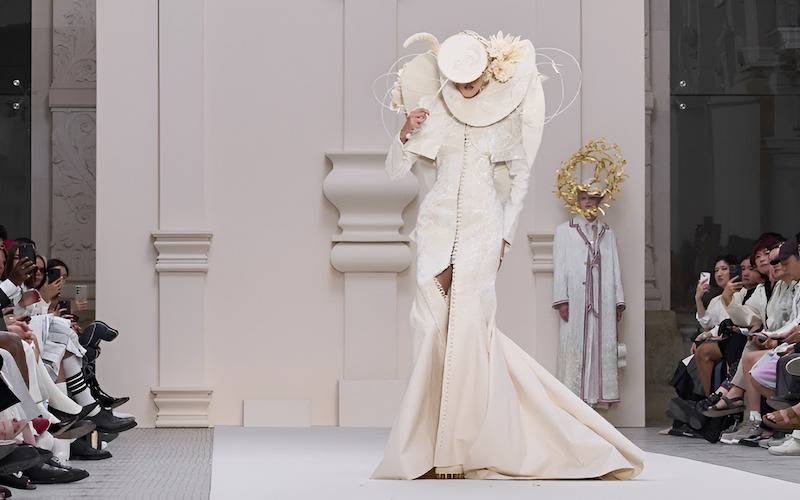
3.3 Incredible craftsmanship
Almost every part of an haute couture garment is made by hand. These pieces are created by highly skilled craftspeople, called “artisans.” These artisans often have very specialized skills. For example, some are experts in embroidery (called “lesage” in French), others in feather work (“plumasserie”), pleating (“plissage”), or tailoring. This dedication to craftsmanship is central to understanding the craftsmanship in haute couture garments.
One single outfit can take hundreds, or even thousands, of hours of careful work. The focus is on perfection: tiny details, seams you can’t see, and perfect finishing, both outside and inside. It’s like a masterpiece of art. This level of high quality craftsmanship defines both couture garments and premium packaging.
Haute couture represents the pinnacle of fashion artistry and technical skill and preserves and champions heritage handcraft techniques in garment creation because each couture atelier employs highly skilled artisans.
3.4 Very exclusive and unique
Very few pieces of each haute couture design are ever made. Sometimes, only one single example of an outfit is created. This extreme rarity and exclusivity make these garments incredibly wanted and valuable. Owning an haute couture piece is like owning a unique piece of wearable art.
It’s created for, and bought by, a very small group of clients worldwide.
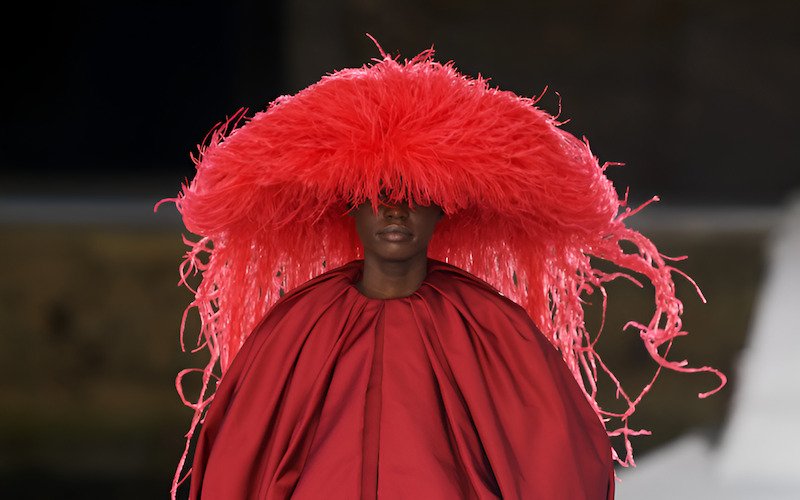
4. Why is haute couture important? its influence on fashion
Haute couture is more than just fancy clothes; it has a big impact on the entire fashion world.
4.1 It’s a “laboratory” for new fashion ideas and techniques.
Designers often use their haute couture collections to try out new and bold ideas. They can experiment with new shapes for clothes, new types of materials, or new ways to make garments. In haute couture, designers have more freedom than with regular fashion because they don’t have to worry as much about costs or if the clothes are practical for everyday wear.
So, haute couture is often where completely new fashion ideas first appear. It serves as a primary driver for global fashion innovation and trends.
4.2 Many trends seen in regular stores start in haute couture.
The creative ideas, new styles, and unique details first shown in haute couture collections often inspire the clothes that become popular in regular stores (called ready-to-wear fashion) later on. This shows how does haute couture influence fashion trends and branding.
This influence can be a certain color, a type of fabric, a shape for a sleeve or skirt, or a general style. In this way, haute couture helps set fashion trends for many people.
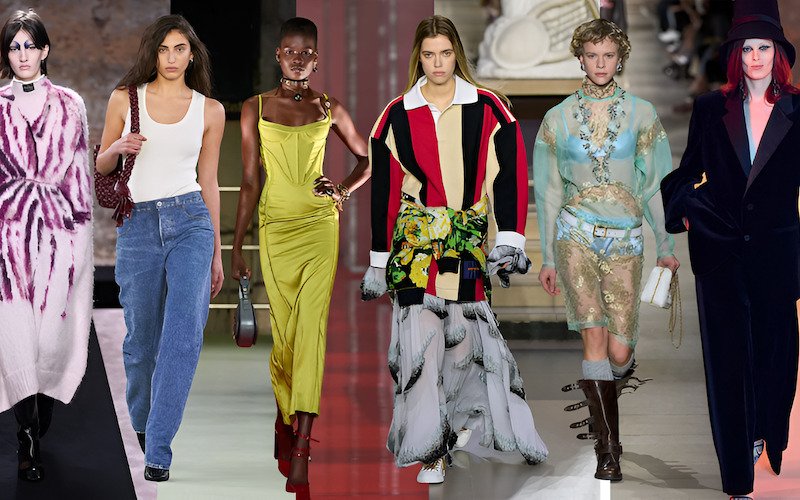
4.3 It keeps old, special hand-making skills alive.
Haute couture provides important work for artisans with rare and traditional hand-making skills. Examples include special hand embroidery, delicate lace-making, feather work (plumasserie), or complex pleating. Without the demand from haute couture houses, some of these old crafts might disappear.
So, haute couture helps preserve fashion heritage and valuable artistic craftsmanship, as it preserves and champions heritage handcraft techniques in garment creation.
4.4 It helps build the image and dream of a fashion brand.
Haute couture fashion shows are big events that get a lot of media attention worldwide. These amazing shows help fashion houses create a strong image of luxury, creativity, and leadership. This powerful luxury brand identity and presentation helps the fashion house sell other products like ready-to-wear clothes, perfumes, and accessories.
Brand prestige enhanced by unique product presentation is key. Haute couture creates the “dream” linked to the brand, making its other products more appealing. This shows how luxury branding elements inspired by haute couture principles work.
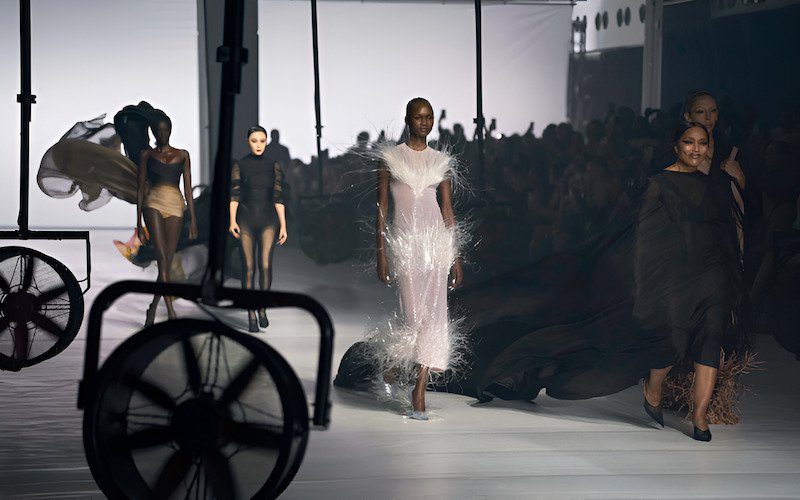
5. Haute couture vs. ready-to-wear (Prêt-à-Porter) vs. “couture”
It’s important to distinguish haute couture from ready-to-wear and other fashion types.
5.1 Haute couture
To recap, official haute couture is:
- The official term, with strict rules from the Chambre Syndicale de la Haute Couture.
- Garments are custom-made for a client, with multiple fittings.
- Made by hand with the highest quality materials and skill.
- Extremely few pieces are made; often unique.
- Historically and officially based in Paris.
5.2 Ready-to-wear (Prêt-à-Porter)
“Prêt-à-Porter” is French for “ready to wear.” These are designer clothes made in factories in standard sizes (like Small, Medium, Large, or US 4, 6, 8). You buy these clothes “off the rack” in stores or online. While designer ready-to-wear can be high quality and expensive, it’s not custom-made for one person like haute couture. It also has much less handwork and more pieces are made, making it more available to more people.
5.3 The word “couture”
Sometimes people use the word “couture” (without “Haute”) more generally. They might use it for clothes that are very high quality, look expensive, have detailed work (like beading), or are custom-made, but are not made by an official “haute couture” house following all the Paris rules.
For example, a wedding dress designer might say they make “couture” wedding dresses. This usually means high-quality, possibly custom-fitted dresses, but not official “haute couture.” Remember, true haute couture (often capitalized) is the protected, official name with very specific rules.
If you create unique designs, whether for a special occasion or your brand line, Packlove offers high-quality custom labels and tags to give them a professional finish. Explore Packlove’s custom branding solutions for your unique apparel.
6. Famous names in haute couture (examples)
To help discover key haute couture designers and fashion houses, here are a few examples. Well-known fashion houses that are, or have been, official members of the Chambre Syndicale de la Haute Couture include Chanel and Christian Dior. These are just a couple of names among a very select group. The Fédération de la Haute Couture et de la Mode oversees this list.
The list of official members can change. The Chambre Syndicale de la Haute Couture regularly reviews its members. New fashion houses can be invited, sometimes as “guest members” first. Some houses might stop showing haute couture or no longer meet all the rules. So, the exact list of official haute couture houses can change. The official and current list is published by the Fédération de la Haute Couture et de la Mode.
Explore more:
To sum up, haute couture is the highest level of fashion design and making. It represents the peak of quality, custom-creation, artistic skill, and detailed craftsmanship in fashion. It is premier designer clothing.
It’s about art, skill, and dream. Haute couture is more than just clothing; it is about keeping high-level artistry alive, showing amazing technical skill, and creating the “dream” of fashion. The art of customization in high-end goods and the importance of detail in luxury product experience are central to its spirit.
Even if most of us don’t wear haute couture, it inspires and shapes the fashion world. Its dedication to excellence, amazing attention to detail, and search for new ideas can inspire quality and creativity in many areas, not just fashion. This dedication to detail and quality in presentation is something we at Packlove value deeply.
Inspired to elevate your brand’s presentation with the same attention to detail? Explore Packlove.com’s custom packaging and label solutions today!






















